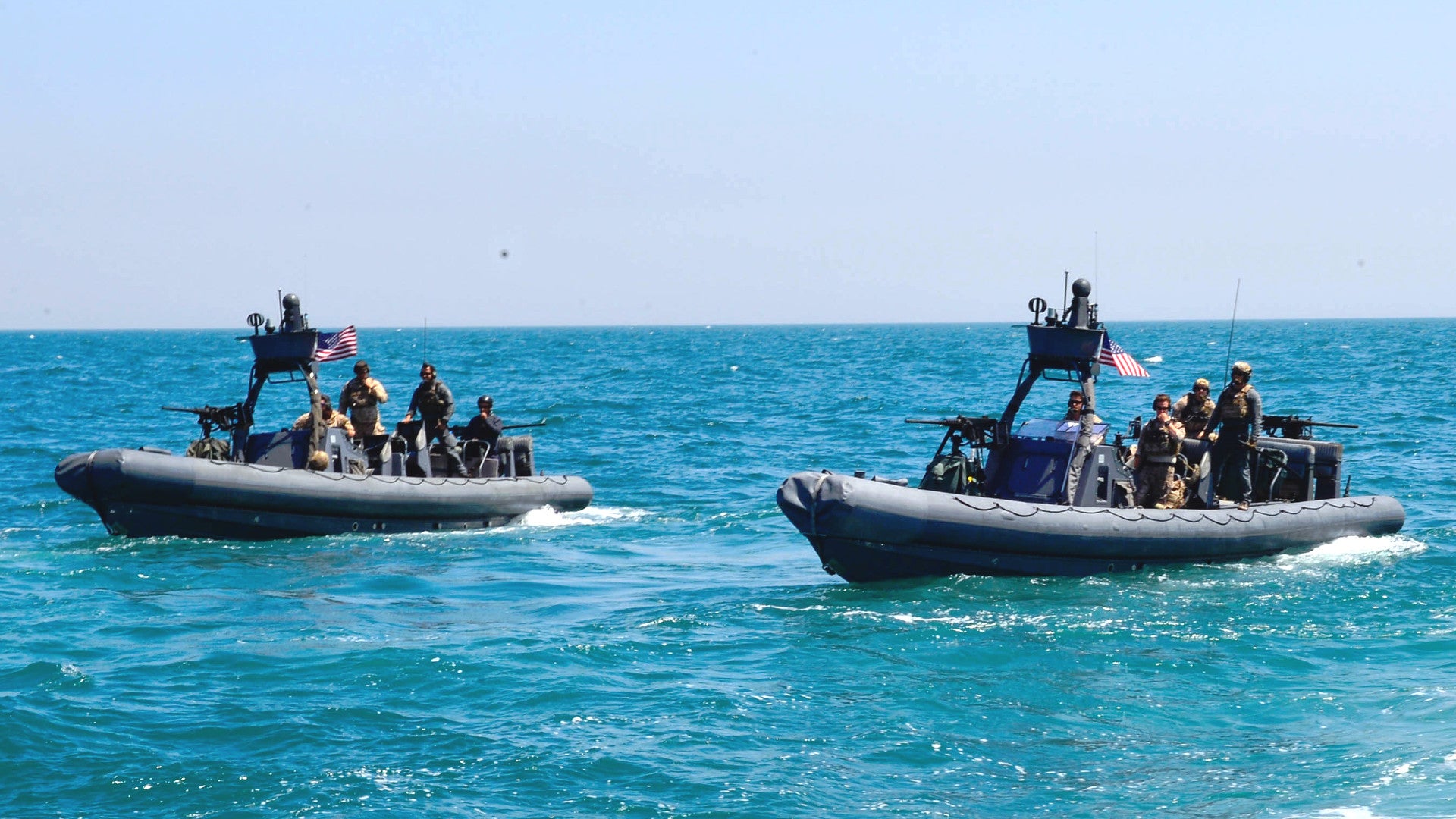The U.S. Marine Corps wants to get back into the business of “itty bitty boats,” potentially purchasing an entire family of small watercraft. The service says diminutive boats could give conventional and special operations Marines more flexibility, offering commanders new options for deploying smaller elements on discreet or distributed operations.
U.S. Marine Corps Major General David Coffman, presently serving as the U.S. Navy’s director for expeditionary warfare, detailed the basic concept to Military.com on the sidelines of Navy League event in November 2017. With various types of craft, regular Marines and special operators might be able to better patrol the flank during operations in littoral areas, rapidly transport reinforcements to support offensive or defensive operations, or rapidly launch raids from multiple directions. The senior officer said that interest in the idea of small groups of waterborne Marines had come straight from the Commandant of the Marine Corps, General Robert Neller.
“The Marine Corps largely got out of what we call itty bitty boats … the commandant wants us to get back in the boat business,” Coffman said, according to Military.com. “He’s recognizing he needs to distribute his force and be able to move in smaller discrete elements and different ways.”
At present, the U.S. military’s lightest watercraft primarily reside within the U.S. Navy’s Special Warfare and Expeditionary Warfare communities. The Naval Expeditionary Warfare Command’s fleet focuses mainly on aiding sailors in intercepting and boarding suspicious vessels and patrolling ports and other small waterways.
Naval special warfare elements operate a number of highly specialized types, some with low-observable features, to facilitate Navy SEAL raids or help get the special operators into denied areas full of enemy defenses. Both the Marine Corps own special operators and its Force Reconnaissance Units already have light watercraft, as well.
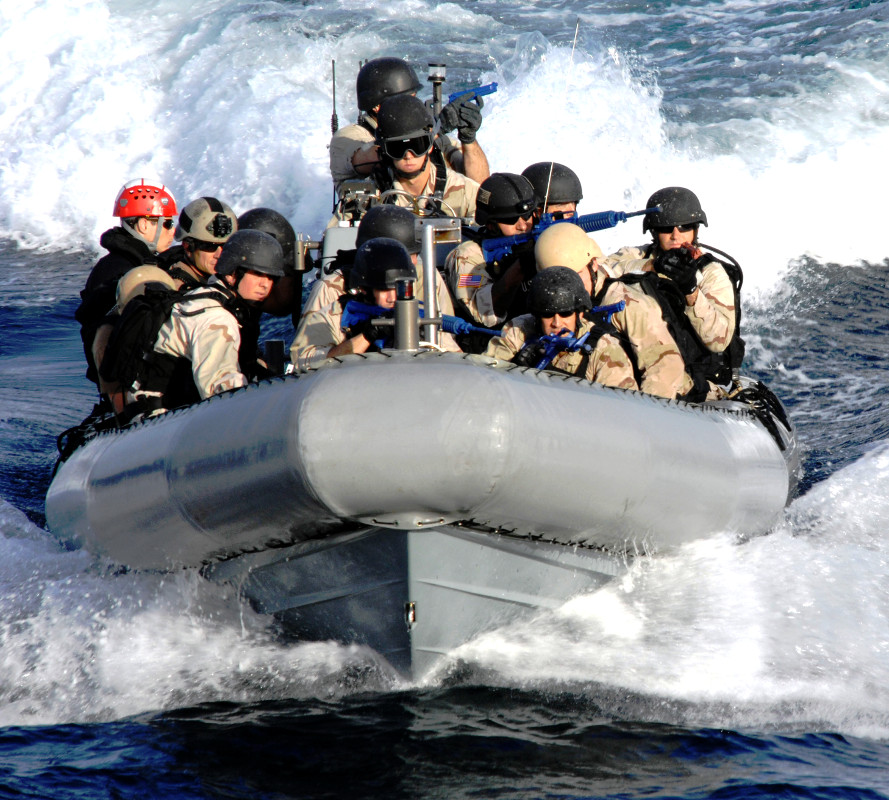
Coffman reportedly envisions a new Marine Corps watercraft contingent with at least 1,000 small boats. The officer suggested that the Navy’s standard 36-foot Rigid Hull Inflatable Boat, or RHIB, might be the best starting point since Marines could quickly “sex up or simple down” the design for particular missions.
The RHIB typically has a crew of three and carry a number of additional personnel or cargo depending on what other equipment it has fitted. The Naval Special Warfare model have weapon mounts at the bow and stern that can accept a 7.62mm M240 machine gun or a .50 caliber M2 machine gun, as well as a small search radar, GPS navigation system, and communications gear.
The Marine Corps could add a turret with electro-optical or infrared cameras, as well as other sensors to certain types to be able to better patrol and scout along the shoreline. It is possible that other configurations could include additional kinetic or non-kinetic weapons, from miniaturized precision missiles to electronic warfare systems, or serve as a launch pad for small drones. Some boats might act as more command and control nodes with additional communications systems and data links to share video feeds and other sensor information.
With a top speed of nearly 40 miles an hour and a range of approximately 200 miles, the RHIBs could just give Marine commanders new ways to rapidly deploy forces to rush to the scene of an ambush or launch multi-pronged attacks on littoral targets. Amphibious warfare ships or sea bases could conceivably send out either small groups or entire swarms of Marines in watercraft depending on the mission requirements.
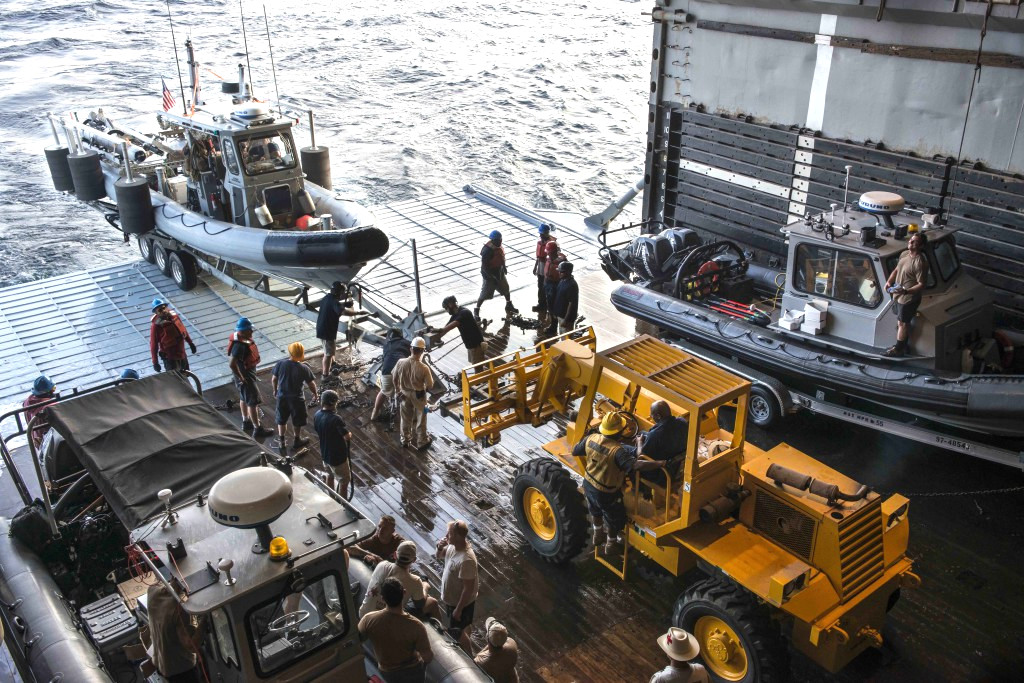
This could potentially be a boon in congested waterways, such as the Persian Gulf, the Baltic Sea, and the Black Sea, where larger ships might have trouble maneuvering and present large targets for enemy forces on shore. The watercraft force could also reduce the Marine Corps reliance on the Navy to provide these types of capabilities.
“A lot of my theme is trying to flip the script, move from defensive to offensive,” Coffman said. This officer in particular, as well as the Marine Corps as a whole, has already been looking at a variety of ways to maintain and expand the ability of Marines to perform their core expeditionary mission as increasingly advanced weapons and sensors continue to proliferate around the world.
Near-peers and smaller potential opponents are steadily fielding improved anti-ship cruise missiles, maneuvering ballistic missiles, integrated air defenses, guided tube and rocket artillery, among various other systems. Coffman says he and Neller see the proposed watercraft force as a potential way to get around at least some of these mounting threats.
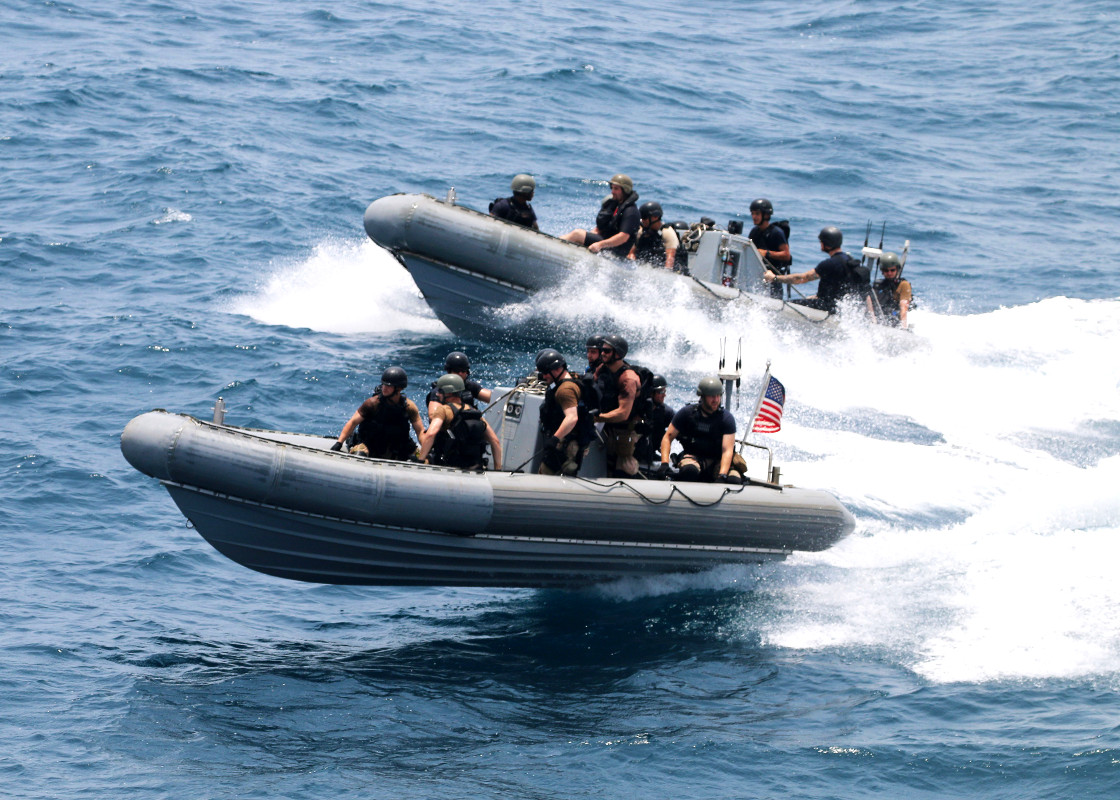
“That’s part of how you counter the peer threat: ‘I’ll out-asymmetric you,’” Coffman. “So [Commandant Neller is] excited about that, that work’s going to happen.”
It’s not clear whether or not the RHIB could truly offer the kinds of capabilities the Marines are interested in, though. Its range means it would still need support from a mother ship or base on land even in relatively constricted waterways. Its open design isn’t designed with high-end stealth features in mind or well protected from even heavy small arms fire, let alone larger weapons such as man-portable guided missiles, or even air-burst artillery.
But it could still serve as a valuable starting place for developing new concepts of operations and exploring their viability. Additional types of watercraft could follow, adding new capabilities to the force. The Naval Special Warfare community already has experience in buying small specialized, low-observable boats that the Marine Corps could leverage for its own use.
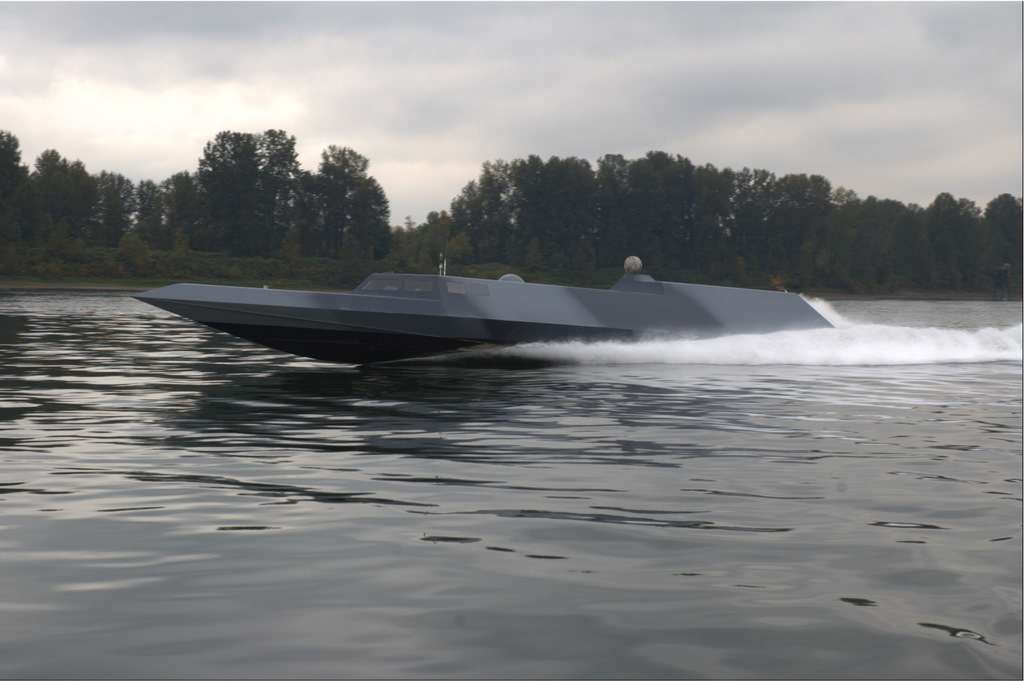
The Marine have already been experimenting with novel concepts in this regard themselves. In April 2017, Marines tried out HSP Technologies’ HyperSub during a larger technology demonstration event at Camp Pendleton in California.
HyperSub is half speed boat and half submarine, able to cruise at 30 miles per hour on the surface or move along submerged at 6 miles per hour. The craft can stay underwater for up to 12 hours at a time and carry 6,000 pounds of cargo or mission systems.

There are other potential designs that might be useful for the Marine Corps watercraft future, or supporting that force’s operations. The Navy is continuing to test the M80 Stiletto as a possible craft to support special operations and other roles.
Though far larger than the RHIB, the stealthy boat could act as an intermediary between a larger mother ship and a smaller craft, transporting the smaller elements closer to the target area with a lower probability of detection. Manufacturer M Ship Company says the existing prototype can carry one standard RHIB, but that they could scale the design to meet the requirements of the customer.

Another option for the Marines might be to combine a small boat with unmanned watercraft to form a more flexible manned-unmanned team. There have already been tests with an unmanned RHIB and other smaller craft.
Either remote controlled or operating autonomously, such craft could potentially carry sensors, weapons, or both and scout ahead of the main force, identifying threats and possibly eliminating them to clear the way. It could allow a smaller force to patrol or defend a larger littoral area, as well.
At present, Coffman and Neller appear to still be formulating the exact concepts they’re most interested and how to focus the effort. But though the exact size and shape of the proposed watercraft force isn’t clear yet, support among the service’s senior officials is.
“If we were to claim any moniker, we want to be the father of the 1,000-boat Navy,” Coffman said.
Contact the author: joe@thedrive.com
